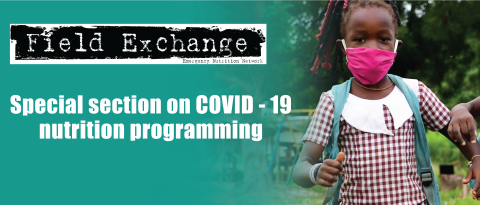Children eating well in cities: A roadmap for action to support nutritious diets and healthy environments for all children in urban settings
Report summary1
New forces are influencing the global burden of child malnutrition. One such force is that of urbanisation, as people around the world increasingly leave the countryside for urban areas. As a result, many families are changing the way they feed their children. Traditional diets are increasingly being replaced by diets high in processed food, low in essential nutrients and high in salt, sugar and fat. There is increasing consumption of commercially produced snack foods and reliance on foods produced outside of the household. These trends not only increase the risk of overweight, obesity and diet-related noncommunicable diseases, they can also increase risk of micronutrient deficiencies and undernutrition. Although urban dwellers have more access to basic goods including food, they typically buy their food, which makes income a key factor in what they eat. While cities offer many opportunities for employment, cities house high concentrations of poor people who live in polluted or insecure environments and who are not able to meet the costs of basic goods. Cities are also more disconnected from food system supply chains which increases their vulnerability to unreliable food provision and surging food prices. Given these factors, urbanisation clearly presents several challenges for tackling malnutrition.
Understanding how children and their caregivers experience urban environments is thus a critical starting point for designing actions to improve malnutrition rates. Given this, UNICEF developed a roadmap for action to support nutritious diets for families and children in urban contexts. This roadmap sets out how UNICEF can support urban nutrition activities through offering nutrition expertise, multi-sector action and collaboration with partners and existing city platforms. It aims to place child rights at the centre of the urban food agenda.
Using the Innocenti Framework on Food Systems for Children and Adolescents, the roadmap outlines actions for urban contexts across the supply side, external and personal environments, and behaviours of caregivers. It recognizes that other systems, including health, water and sanitation, education and social protection, also have crucial roles to play as part of a coordinated multi-sector approach to address diets and practices in urban contexts. The roadmap further acknowledges the important role of governments at all levels to coordinate efforts and innovate to support good nutrition within urban environments. In many countries, through devolution processes, local governments are increasingly gaining responsibility for nutrition and already have been noted to be driving innovative approaches to reduce malnutrition. Several promising city-level practices now exist to illustrate how a city can initiate work on food and nutrition and the roadmap outlines several examples of city-level success stories. The roadmap also presents a schematic overview of how responsibilities and roles can be allocated between the local and national level to drive forward targeted nutrition actions. This includes actions for governance for children’s access to nutrition and health, commitment to child rights, social protection, participation and engagement, food and nutrition in public institutions, water and hygiene, physical activity, food retail, food standards and labelling, health and nutrition-related taxes, marketing and conflicts of interest.


